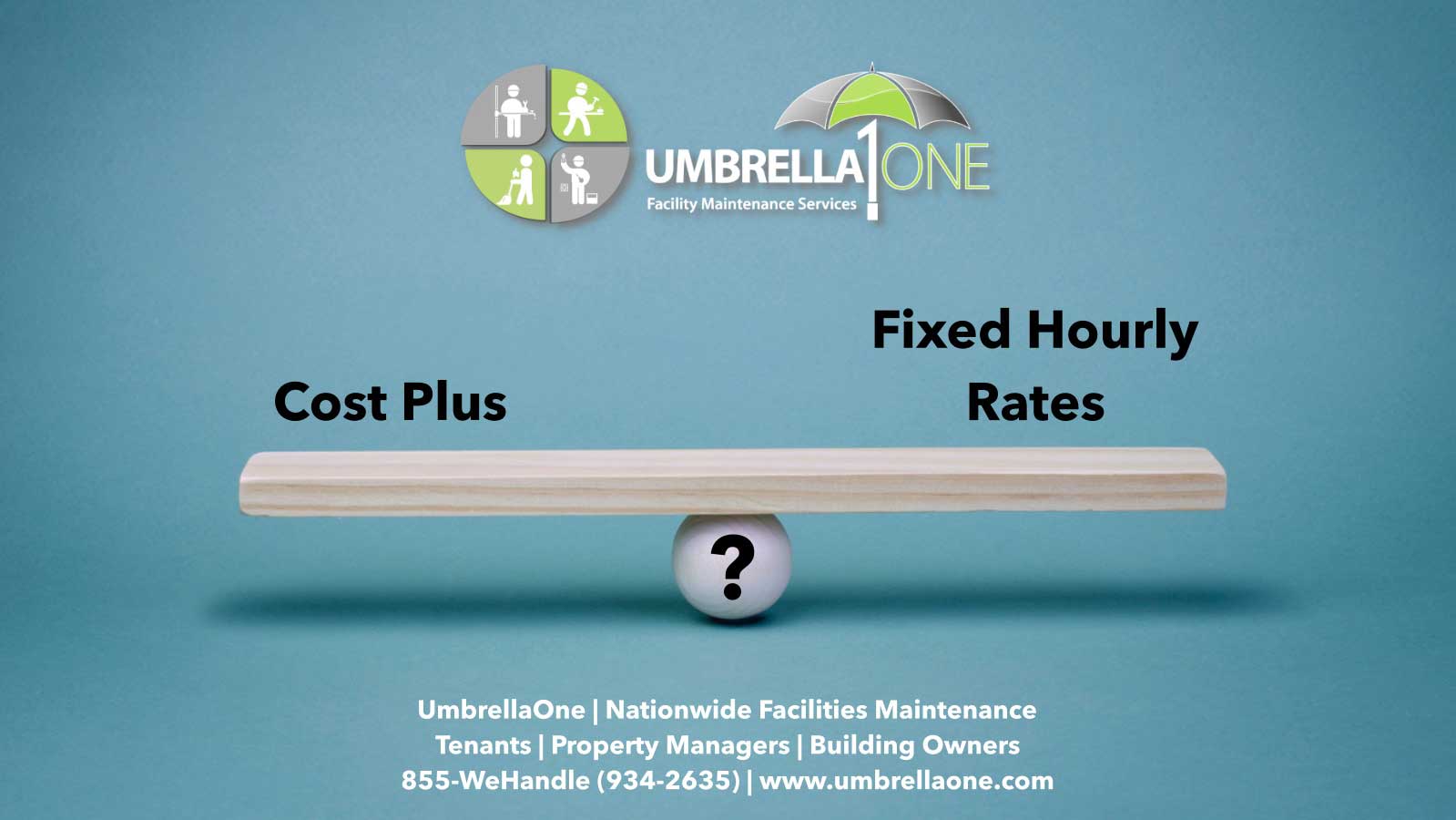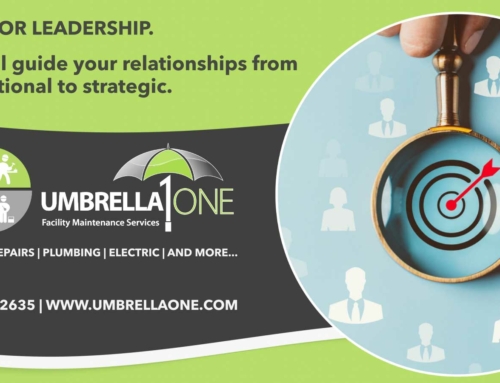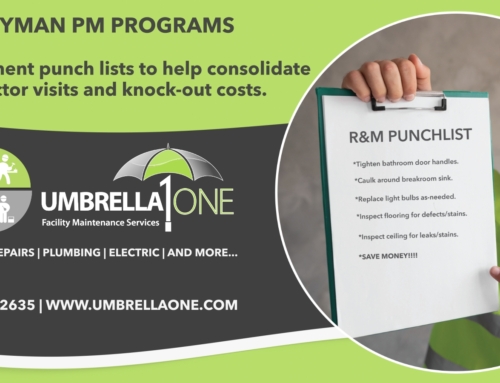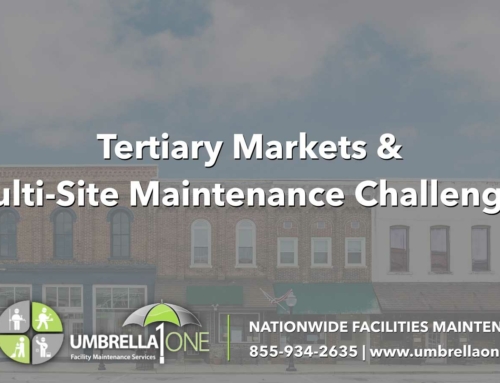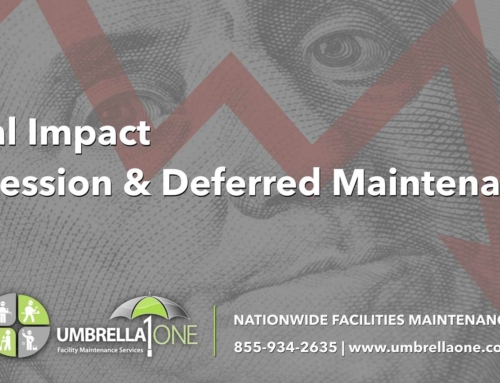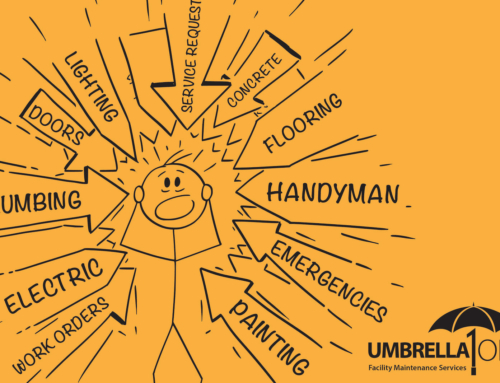With national facility maintenance programs, there is no clear winner in the debate between cost plus and fixed rate pricing models.
FIXED HOURLY RATES
At first glance, it would appear that fixed hourly rates for general repairs is the more popular and safe bet. At the early onset, the vast majority of RFP’s try to level the playing field by boiling down bidding service providers to what they charge by the hour per trade. The appeal of knowing an outside contractor’s cost helps to eliminate the guessing game and provide a level of cost predictability. For individual project budgets (based on reasonable assumptions), it can be very useful as it should yield some limits on the final cost and ensure you remain within the guidelines of what was forecasted. If those are your priorities, then this is a very understandable approach. If you don’t necessarily get caught up in how much profit your contractor makes so long as he delivers on what’s promised, there are obvious benefits here. What you give up on potential savings, you pick up in comfort and fewer surprises when the invoice arrives.
COST+
With that said, we have seen an increase in customers who understand the benefits provided by a cost plus strategy. When there is a desire to best understand the breakdown of exactly how their dollars are being spent, there is no better blueprint for simplicity and clarity. A flat hourly rate is not enough detail for some customers. Cost plus lays out what the actual job expenses are (contractor and materials) and what percentage of profit margin the aggregator is truly achieving. If your outsourced facility maintenance company can coordinate with quality local service partners at below market rates, then shouldn’t those savings be realized by the you too? In addition to timely and quality R&M solutions, isn’t driving costs down one of the key values of the relationship? The risk of course being that a last second reactive work order’s urgency or a tight labor market may drive the cost higher, and exposing some of your cost containment abilities. You have to weigh the possible risks with the rewards. The good news is that it is ultimately your facility partner’s role to manage and minimize these challenges in order to keep the relationship.

